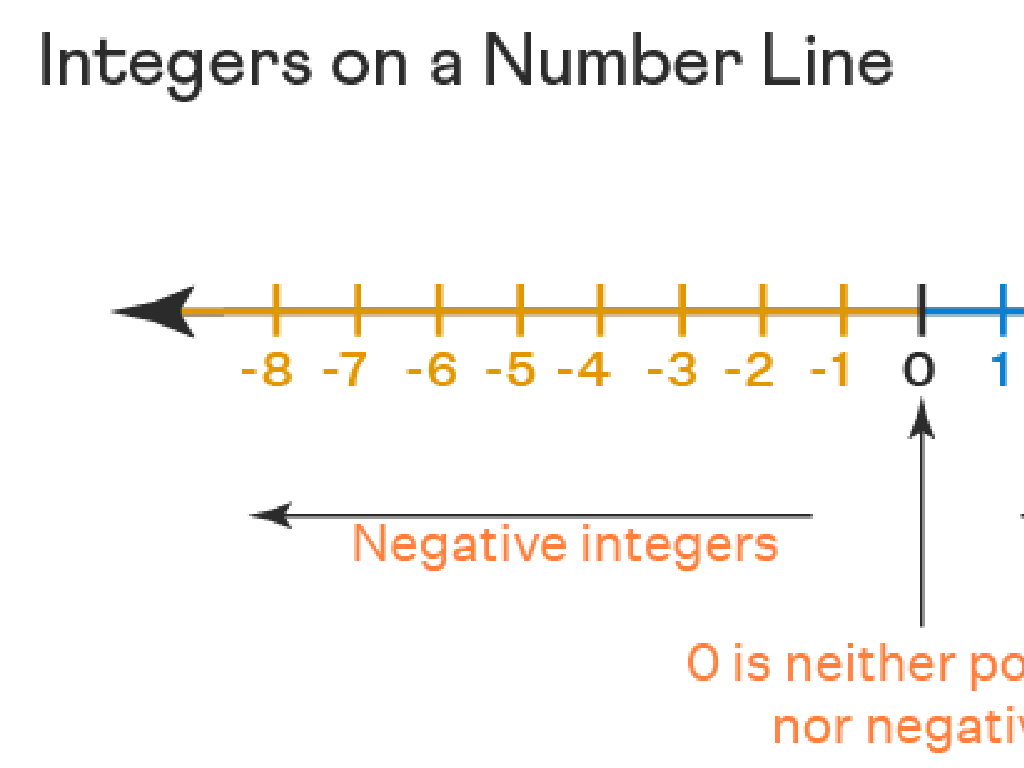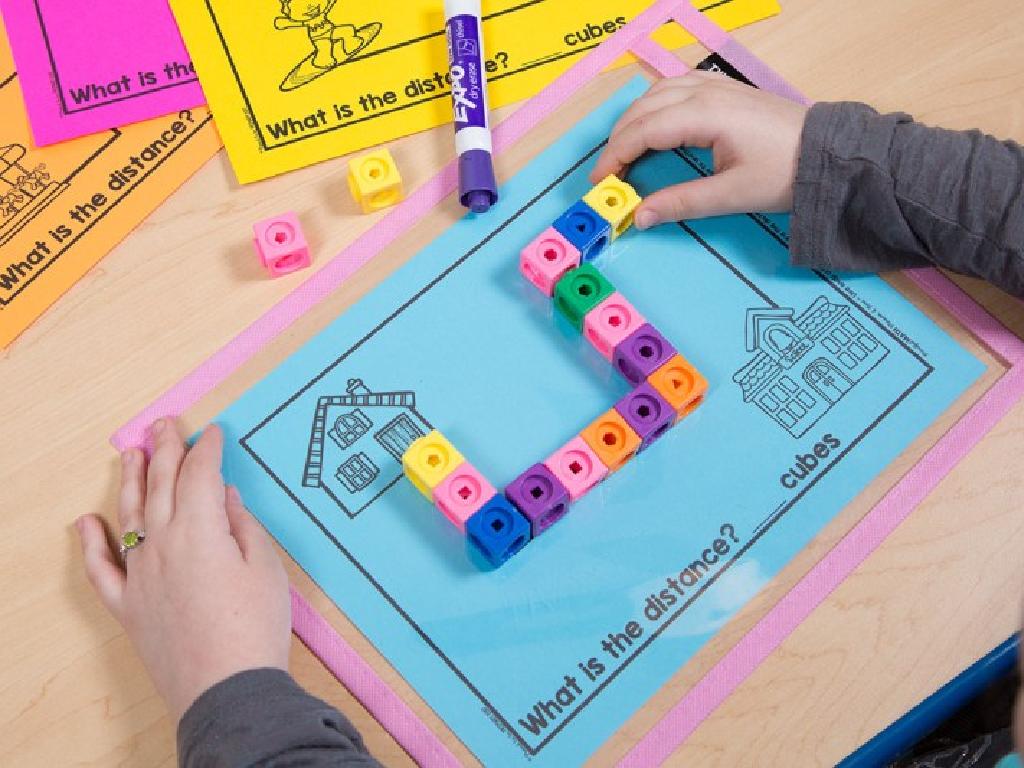Which Lets Light Go Through?
Subject: Science
Grade: Kindergarten
Topic: Light And Sound
Please LOG IN to download the presentation. Access is available to registered users only.
View More Content
Exploring Light in Science!
– Light is all around us!
– Sources of light: Sun, lamps
– The sun lights up our day, lamps help us see at night
– Some things let light through
– Materials can be see-through or not
– Let’s find out which ones do!
– We’ll do fun activities to learn more!
|
This slide introduces the concept of light to Kindergarten students. Begin by explaining that light is a form of energy that helps us see the world around us. Engage the students by asking them to name different sources of light they know, like the sun or lights in their homes. Introduce the idea that some materials allow light to pass through them while others do not, and that we will explore this concept through interactive activities. Prepare a set of objects made of different materials such as glass, plastic, paper, and cardboard to demonstrate transparency, translucency, and opacity. Encourage the children to predict which objects will let light pass through and then test their predictions.
Exploring Light in Our World
– Light helps us see things
– Light comes from many places
– Like the Sun, lamps, or flashlights
– Light travels straight
– What happens when light hits objects?
– Does it pass through or stop?
|
This slide introduces the concept of light to Kindergarten students. Begin by explaining that light is the reason we can see everything around us. Highlight that light comes from various sources, including natural ones like the Sun and man-made ones like lamps and flashlights. Discuss how light travels in a straight line until it encounters an object. Use simple, clear language and examples to explain that some objects let light pass through them while others do not. Encourage students to think about different objects and guess whether light can go through them or not. This will set the stage for understanding the concept of transparency and opacity in subsequent lessons.
Exploring How Light Passes Through
– Transparent materials
– Clear glass lets all light through
– Translucent materials
– Frosted glass lets some light through
– Opaque materials
– Brick walls let no light through
|
This slide introduces the concepts of transparency, translucency, and opacity to Kindergarten students. Use everyday examples to illustrate each term. Transparent materials, like a clear window, allow all light to pass, making them easy to see through. Translucent materials, like a frosted window, blur light as it passes through, allowing partial visibility. Opaque materials, like a brick wall, block all light, preventing any visibility. Encourage students to think of more examples and discuss why certain materials might be used for different purposes based on their light-passing properties. A possible activity could involve showing objects made of these materials and asking students to categorize them accordingly.
Let’s Experiment with Light!
– Explore transparent materials
– Materials that let light pass through completely.
– Test with a flashlight
– Shine light to see if it goes through the material.
– Guess: Will light pass through?
– Make predictions on each material’s light passage.
– Discuss translucent and opaque
– Some materials let some light through, others none.
|
This slide introduces an interactive class activity to help students understand the concepts of transparent, translucent, and opaque materials. Provide a variety of materials such as clear plastic, wax paper, and cardboard for the experiment. Guide the students to use a flashlight to shine light on each material and observe if the light passes through, is partially visible, or blocked completely. Encourage them to predict the outcome before testing. This hands-on activity will help solidify their understanding of how different materials interact with light. After the experiment, discuss why some materials let light through and others do not, linking the observations to the terms transparent, translucent, and opaque.
Class Activity: Exploring Light
– Get your light exploration worksheet
– Shine a flashlight on each material
– Is it transparent, translucent, or opaque?
– Transparent: light passes through, Translucent: some light passes, Opaque: no light passes
– Mark your findings on the worksheet
|
This activity is designed to help Kindergarten students understand the concepts of transparency, translucency, and opacity by direct interaction. Provide each student with a worksheet that has drawings of different materials such as glass, wax paper, and cardboard. Give them flashlights to shine light on each material to observe how much light passes through. Guide them to mark their observations on the worksheet under the correct category: transparent (light passes through clearly), translucent (some light passes through), or opaque (no light passes through). This hands-on activity will help solidify their understanding of how different materials interact with light. Possible variations of the activity could include using colored cellophane, different types of fabric, or leaves.
Review: Light and Materials
– Reviewing tested materials
– Which materials let light through?
– Did light pass through paper or glass?
– Understanding transparent, translucent, opaque
– Transparent: clear glass, Translucent: wax paper, Opaque: cardboard
– Now you can tell the difference!
|
This slide is meant to recap what the students have learned about light and materials. Start by reviewing the materials the class has tested, asking the children to recall their observations. Discuss which materials allowed light to pass through and which did not. Explain the terms ‘transparent,’ ‘translucent,’ and ‘opaque’ with examples they’ve seen: transparent like a clear window, translucent like frosted glass that lets some light through, and opaque like a book cover that blocks light. Encourage the children to think of more examples from their daily lives and understand that the material’s property determines if it will let light pass through.
Conclusion: Light’s Journey
– Great job exploring light!
– Light travels through some objects
– Like windows or glasses
– Some objects block light
– Like walls or books
– See you for more science adventures!
|
Today, we learned about how light can pass through certain materials, which we call transparent, like glass or clear plastic. Other materials, like wood or metal, do not let light through, and these are called opaque. It’s important for the students to understand that light is needed to see and that it behaves differently with different objects. As we conclude, reinforce the concept by reminding them of the examples discussed during the lesson. Encourage their curiosity for the next class and praise their efforts in understanding the basics of light and its properties.






